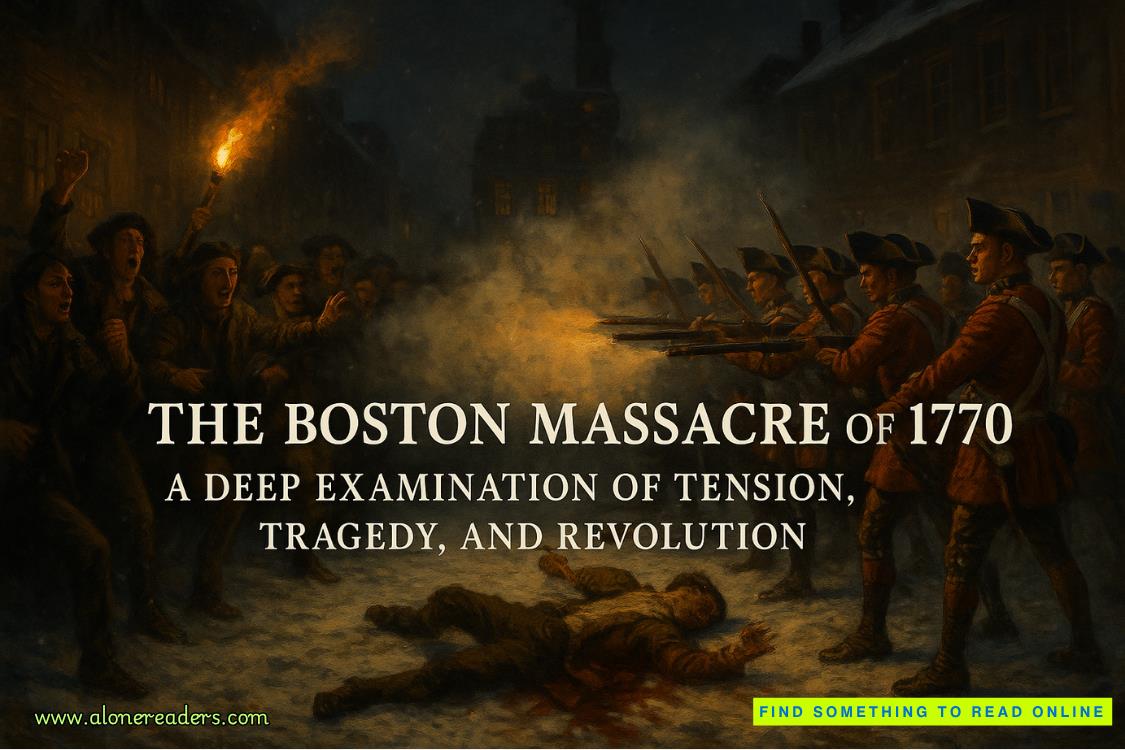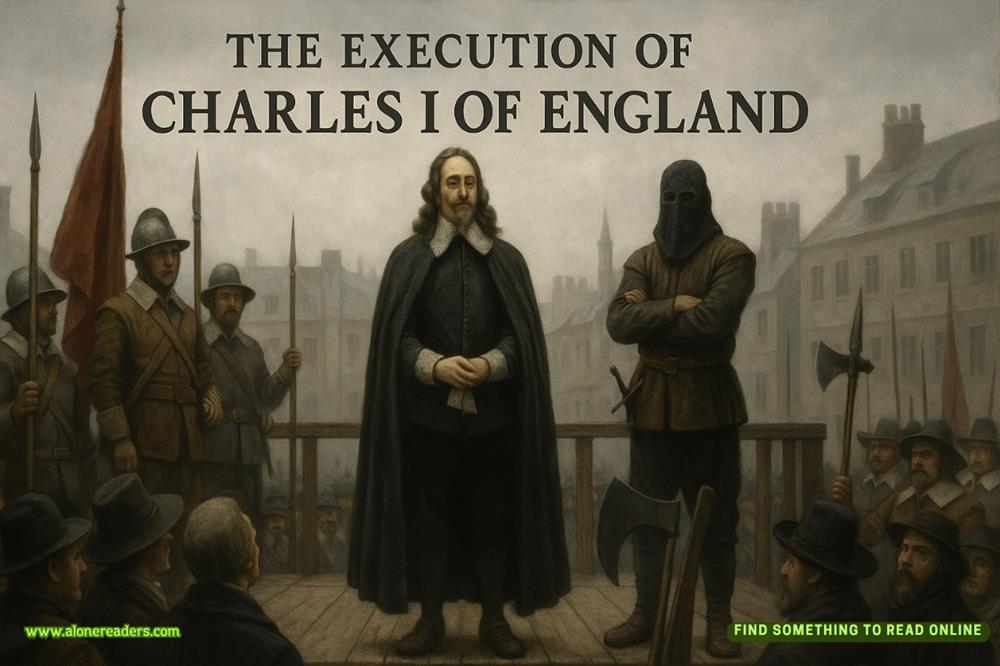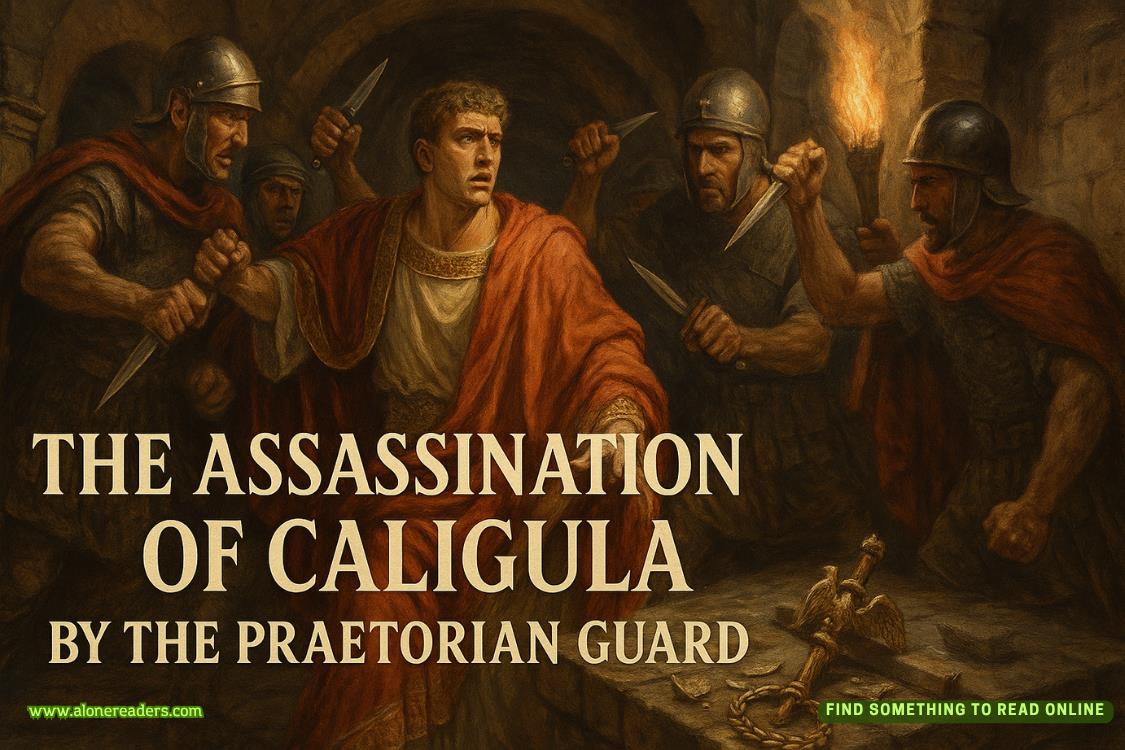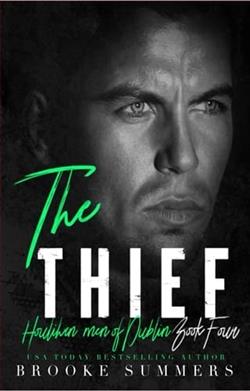Page 18 of Murder in the Family
Continues to speak over RECONSTRUCTION. B/w, video only. It’s dark as the camera pans the garden up to the house. No windows are lit upstairs, only one or two downstairs. It starts to rain, the droplets catching the light.
CUT TO: Team. There is now a timeline on the pinboard.
JJ NORTON
We know that the call to the emergency services was made at 10.47, by Maura Howard, and first responders attended at 10.56.
We know, from Met Office records, that it began to rain at approximately 10.20 that night, and the pathologist estimated that Luke Ryder had been dead for around an hour by the time the paramedics arrived, giving a window for time of death at between roughly 9.20 and 10.20.
We know that he had an injury to the back of his head that could have been the result of a fall. But the actual cause of death was extensive blunt-force trauma to his face and the front of his skull, and that was definitelynotthe result of a fall.
Aside from that, we know there were no signs of a break-in, and that the main entrance to the property had an entry keypad, which meant the gate would only open if the visitor knew the code, or if someoneinsidethe house let them in. There were no security cameras on the street outside, however, so we don’t know who came or went that evening.
So what we’re left with, as I see it, and with due deference to the law enforcement professionals at this table, is a whole lot of questions.
CAMERA PANS out as he gets up and goes over to the whiteboard and picks up the pen. The board rocks slightly as he writes.
Starting with just the most obvious:
One:Means.The police never conclusively identified the murder weapon. Did the killer bring it with them, or was it just something seized in the garden in the heat of the moment?
Two:Opportunity.Who could have got into the garden that night? Was it someone Ryder knew –someone he let in? Or someone who already knew the entry code?
It’s worth noting that there was no mud inside the house and given the weather the previous few days and the state of the drive, anyone coming in from outside would have had very muddy shoes. Which makes it very unlikely that the killer went into the house. But for some reason we can only guess at, Luke wentoutside, despite the cold weather. And that’s where he died.
And finally the factor I personally think is the most significant—
Three:Motive.Who had a reason to kill Luke Ryder, and why?
LAILA FURNESS
I agree. Motive is key. But what I’m missing in all the papers we’ve had on the case is any real sense of who Luke Ryder actually was. I think we need a much clearer picture of the victim before we can even start assessing who might have wanted to harm him.
BILL SERAFINI
(looking round the room)
Well, I think we can all agree on that.
Switch to NARRATIVE mode.
MONTAGE of library FOOTAGE of Australia in the mid ’70s, the opening of the Sydney Opera House, people on beaches etc.
VOICEOVER – narrator
Luke Ryder was born in Kalgoorlie, Western Australia, in June 1977. His parents were Brian and Maureen Ryder, who emigrated to Australia from the south of England in the early 1970s – by no means the first Brits to go looking for sun, sea, and a new life Down Under, then or now.
But whereas most such families end up settling in the big coastal cities of Sydney, Melbourne, Adelaide and Brisbane, the Ryders found themselves in a small town in the middle of the Australian outback, a day’s drive from anywhere.
MAP of Australia, slow zoom to Kalgoorlie
Library pictures of the town of Kalgoorlie in the ’70s. Faded colour. Sparse development, old-fashioned cars, men with long sideburns and moustaches drinking in bars.
VOICEOVER – narrator
Brian Ryder’s parents were Victor and Florence Ryder, who were the owners of a thriving family business on the outskirts of Guildford. But there seems to have been a falling-out before Brian left England, possibly associated with his marriage.
Brian appears to have cut all ties with his family after he left England, and even if he’d wanted to stay in touch, long-distance telephone calls were hugely expensive at the time, so communications would have been confined to the odd letter that took weeks to arrive.















